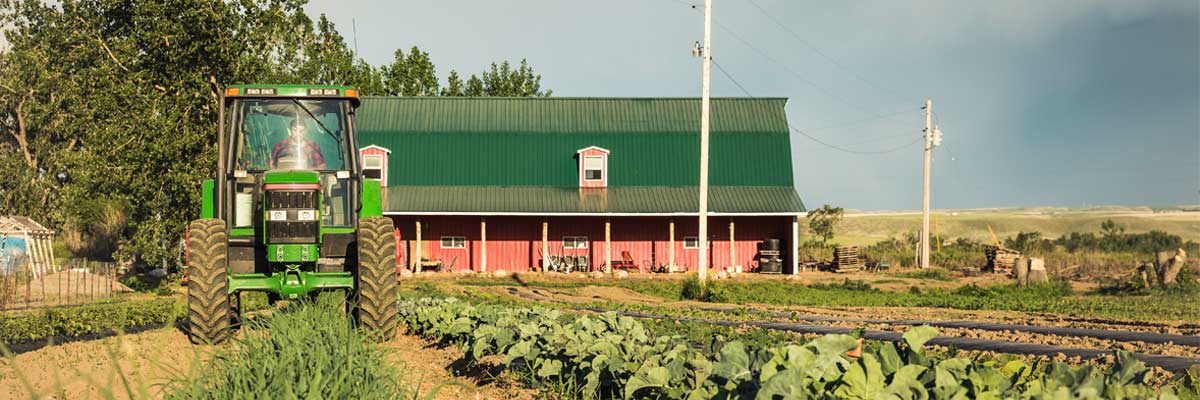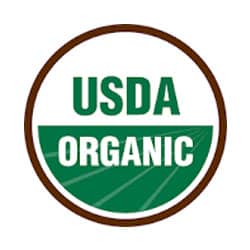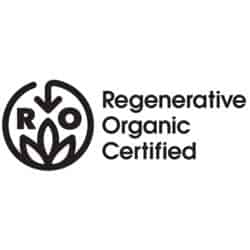
Whether you regularly shop organic, or looking to learn more, this article will shed some light on a variety of common and not-so-common logos you see on products you purchase at Sprouts. A product is deemed organic if it is free of synthetic additives including pesticides, chemical fertilizers and dyes. The USDA Organic logo has been in use for nearly two decades, but other logos are new and emerging. It’s an exciting time in the organic field!
 What is USDA Organic?
What is USDA Organic?
When you purchase a product with the USDA Organic label on it, you can be assured it’s made with at least 95% organic ingredients and is non-GMO (does not contain
genetically modified organisms). The Organic Foods Production Act of 1990 established the National Organic Program, but the use of the logo was not implemented until the early 2000s. You can find thousands of organic products at Sprouts!
 Transitional Organic Certified by QAI
Transitional Organic Certified by QAI
You might not have seen or noticed the QAI certification logo before—that’s because it’s relatively new. In 2016, this program, certifying at least 51% of the contents are transitional organic, was rolled out. It allows small- and medium-sized farms to transition to organic over a three-year period. The benefits of the QAI certification are three-fold: for those smaller farms, it helps to off-set the cost of transitioning their farm to organic. For you, it means more better-for-you choices are available. And for the world at large, this certification is helpful to the organic movement.
 ROC Regenerative Organic Certification
ROC Regenerative Organic Certification
The newest label to the organic family, this certification builds upon the existing USDA Organic seal you’re likely familiar with. In addition to meeting the USDA Organic standards, farmers must also work to increase soil health, animal welfare and worker fairness. Three levels of certification—Bronze, Silver and Gold—ensure progressively more rigorous organic standards.
Learn more: Check out our article about
regenerative agriculture and visit the
Regenerative Organic Certified website.
Did you know?
Farmers are struggling to keep up with the growing demand for organic products—less than one percent of U.S. farmland is certified organic. Interested to learn more? Check out this history of organic farming!
 Whether you regularly shop organic, or looking to learn more, this article will shed some light on a variety of common and not-so-common logos you see on products you purchase at Sprouts. A product is deemed organic if it is free of synthetic additives including pesticides, chemical fertilizers and dyes. The USDA Organic logo has been in use for nearly two decades, but other logos are new and emerging. It’s an exciting time in the organic field!
Whether you regularly shop organic, or looking to learn more, this article will shed some light on a variety of common and not-so-common logos you see on products you purchase at Sprouts. A product is deemed organic if it is free of synthetic additives including pesticides, chemical fertilizers and dyes. The USDA Organic logo has been in use for nearly two decades, but other logos are new and emerging. It’s an exciting time in the organic field!
 Whether you regularly shop organic, or looking to learn more, this article will shed some light on a variety of common and not-so-common logos you see on products you purchase at Sprouts. A product is deemed organic if it is free of synthetic additives including pesticides, chemical fertilizers and dyes. The USDA Organic logo has been in use for nearly two decades, but other logos are new and emerging. It’s an exciting time in the organic field!
Whether you regularly shop organic, or looking to learn more, this article will shed some light on a variety of common and not-so-common logos you see on products you purchase at Sprouts. A product is deemed organic if it is free of synthetic additives including pesticides, chemical fertilizers and dyes. The USDA Organic logo has been in use for nearly two decades, but other logos are new and emerging. It’s an exciting time in the organic field!

 VIEW ALL
VIEW ALL






